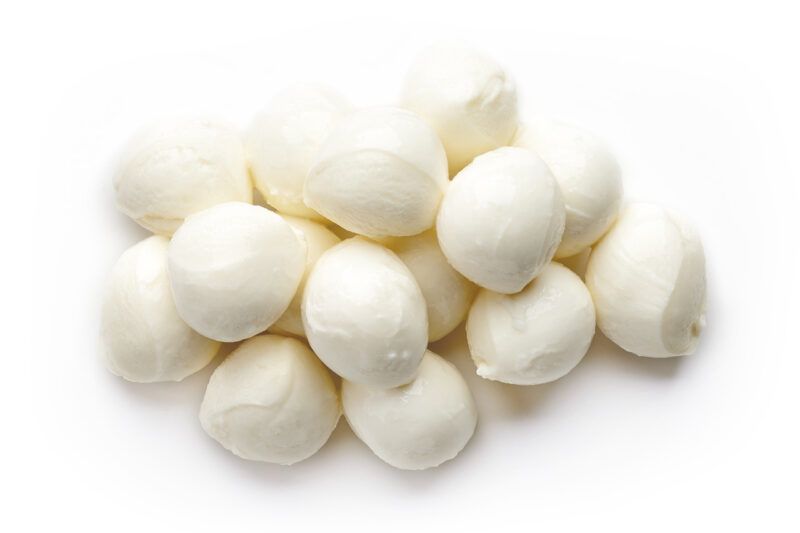South Korea’s Cheese Imports Soar as Demand for Dairy Diversifies

Cheese Meets Wellness Trends
As South Koreans increasingly prioritize health and wellness, the appeal of cheese has expanded beyond traditional culinary uses. Cottage cheese, rich in protein and probiotics, has become popular among fitness enthusiasts for its role in digestion, immunity, and weight management. Parmesan and mozzarella are also gaining traction for their high-protein content and potential to reduce risks of heart disease and stroke, further solidifying cheese as a staple in health-conscious diets.
Anju Culture and Cheese Pairings
Cheese has also found its place in South Korea’s evolving drinking culture. Known as anju, drinking snacks traditionally include Korean dishes, but cheese is becoming a favorite for its convenience and compatibility with alcoholic beverages. The growing popularity of imported wines and spirits has spurred interest in pairing cheese with salami and other Western snacks, offering a high-end dining experience at home.
Fusion Cuisine Fuels Cheese Demand
Western cuisine has seamlessly integrated into South Korea’s food service market, with the rise of burgers, pizzas, and pastas. This culinary shift has created opportunities for fusion dishes, where traditional Korean flavors are blended with dairy ingredients. Spicy Korean dishes, such as tteokbokki and kimchi fried rice, are now often topped with melted cheese, balancing heat with creaminess and enhancing flavor profiles.
Looking Ahead
As South Korea continues to embrace global food trends and diversify its culinary landscape, the demand for cheese shows no signs of slowing. Whether for health, convenience, or culinary exploration, cheese has firmly established itself as a versatile and essential ingredient in Korean households and











